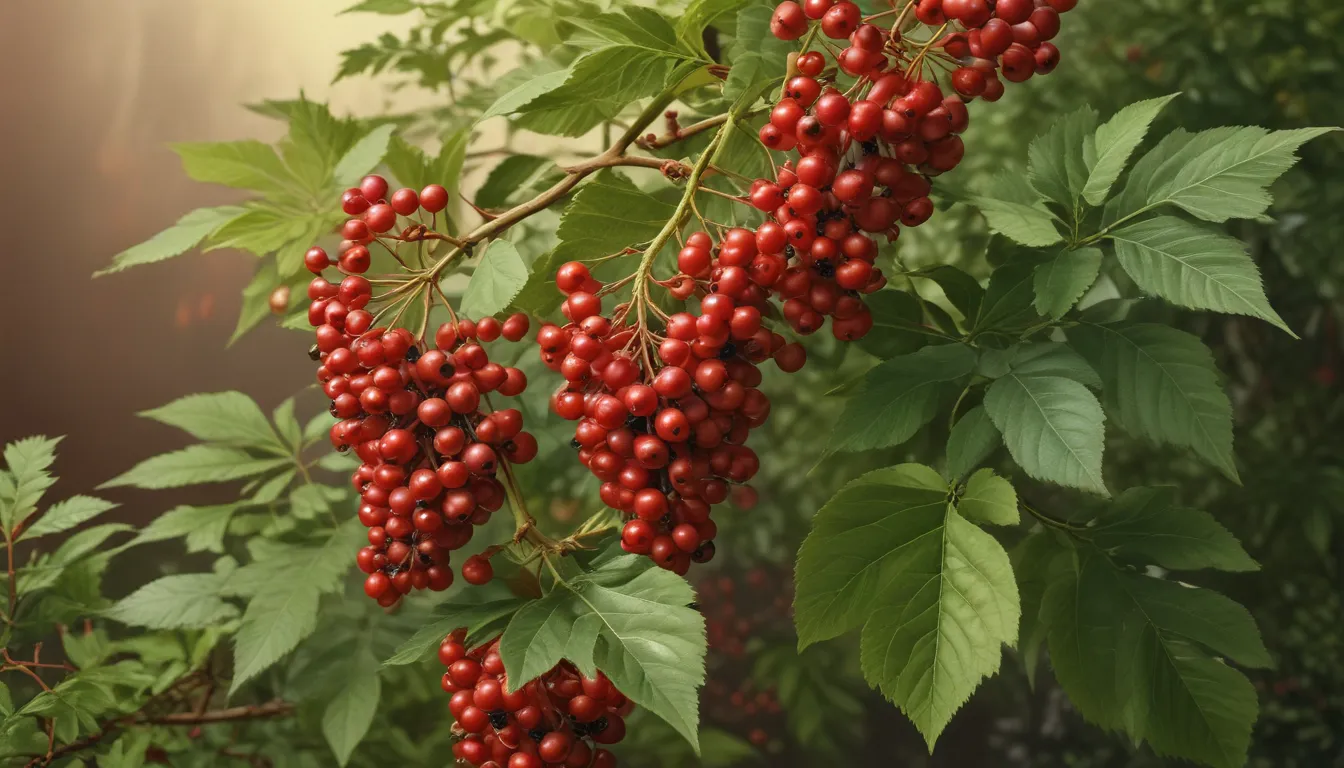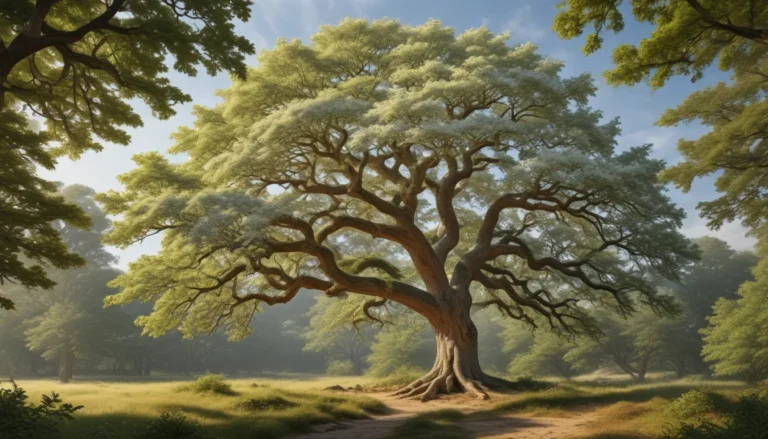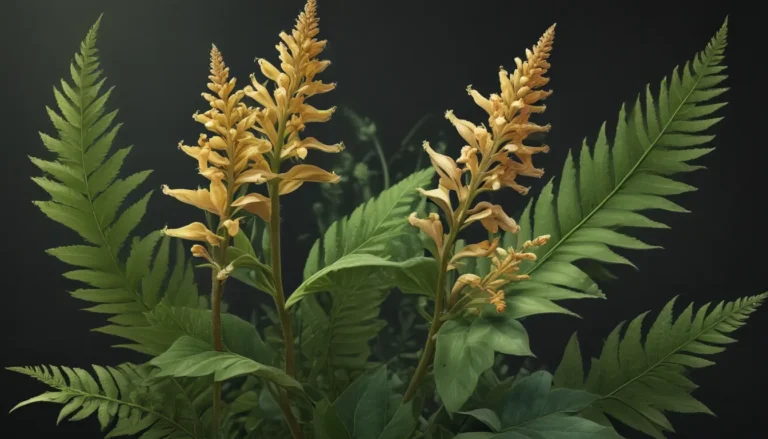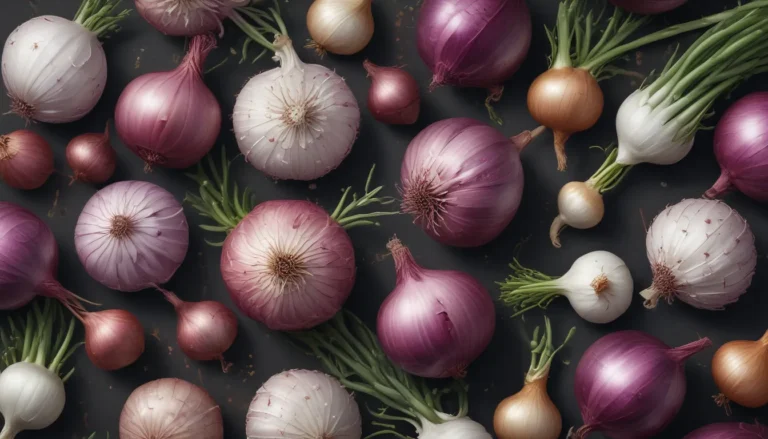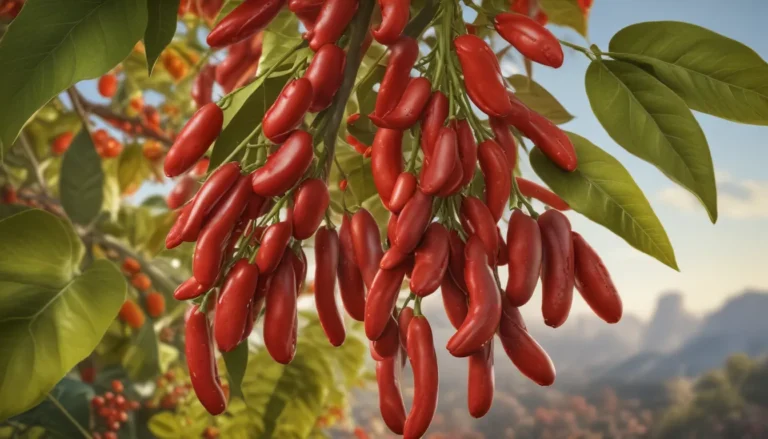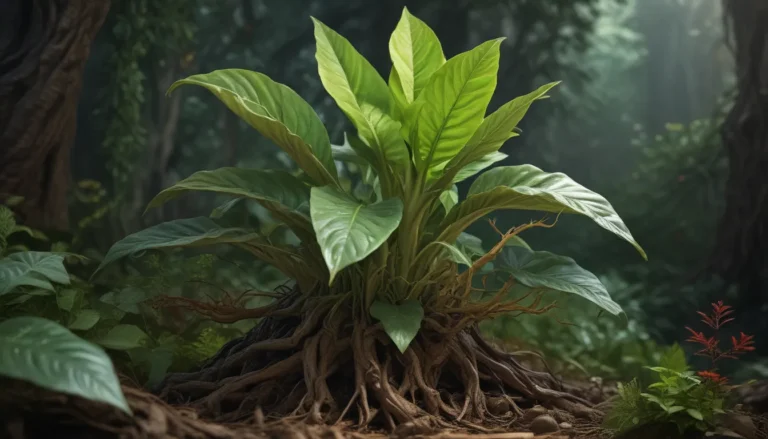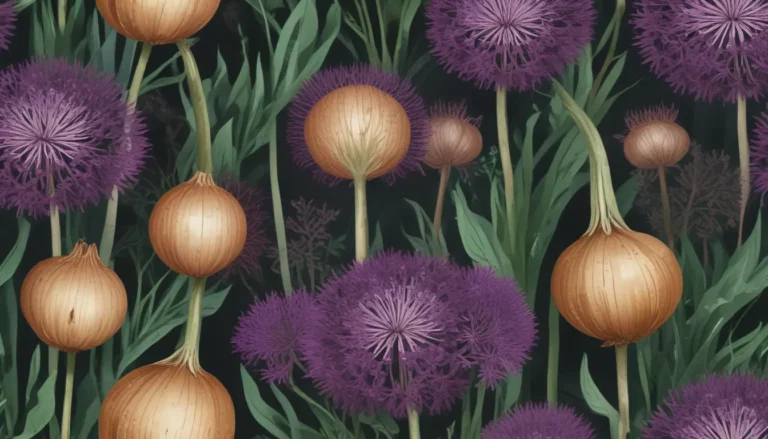The pictures we use in our articles might not show exactly what the words say. We choose these pictures to make you interested in reading more. The pictures work together with the words but don’t take their place. The words still tell you the important facts.
Are you curious about the captivating red elderberry plant, also known as Sambucus racemosa? This vibrant shrub, native to North America, has a rich history and offers a multitude of uses that are both culturally significant and ecologically important. Join us on a journey through 18 fascinating facts about the red elderberry, as we delve into its botanical characteristics, ecological roles, cultural significance, and potential benefits.
Discovering the Red Elderberry: A Plant of Many Wonders
The red elderberry, scientifically known as Sambucus racemosa, is a captivating plant with numerous intriguing facts and unique characteristics. Let's unravel the enchanting world of this vibrant shrub and explore the wonders it holds within its delicate leaves and vibrant berries.
Unveiling the Red Elderberry’s Habitat and Range
The red elderberry is a deciduous shrub native to North America, thriving in a variety of habitats such as forests, woodlands, and along riverbanks. Its natural range extends from Alaska to California, showcasing its adaptability and resilience in diverse environmental conditions. This wide distribution allows the red elderberry to play a crucial role in supporting wildlife and biodiversity across different ecosystems.
Embracing the Vibrant Clusters of Red Berries
One of the most striking features of the red elderberry is its clusters of bright red berries, which not only add visual appeal to the landscape but also serve as a vital food source for wildlife. Birds and small mammals rely on these nutrient-rich berries, highlighting the essential role the red elderberry plays in the forest's food web.
From Tradition to Modern Times: Red Elderberry’s Cultural Significance
Throughout history, various Indigenous communities have valued and utilized red elderberry berries for medicinal, culinary, and cultural purposes. Traditionally used to create dyes, beverages, and remedies, the berries hold a significant place in Indigenous traditions, symbolizing a deep connection to the natural world and its resources.
Blooming Beauty: Fragrant, Creamy-White Flowers
In the spring, the red elderberry graces its surroundings with elegant, creamy-white flowers that emit a sweet and fragrant aroma. These blossoms not only enhance the plant's aesthetic appeal but also serve as a crucial nectar source for pollinators like bees and butterflies, supporting the intricate process of pollination in the forest ecosystem.
Red Elderberry’s Distinctive Leaf Structure
The leaves of the red elderberry are pinnately compound, featuring multiple leaflets arranged along a central stem. This unique leaf structure aids in capturing sunlight efficiently, enabling the plant to carry out photosynthesis effectively and contribute to its overall growth and vitality.
Bridging the Gap: Red Elderberry in Ecological Succession
As a pioneer species, the red elderberry plays a pivotal role in ecological succession by colonizing disturbed or recovering areas and contributing to soil stabilization and ecosystem restoration. Its presence sets the stage for the establishment of diverse plant communities, fostering biodiversity and resilience within the forest environment.
Nurturing Wildlife: Red Elderberry’s Valuable Resource
The red elderberry serves as a vital resource for wildlife, offering sustenance to various bird species, small mammals, and insects. By supporting diverse forms of wildlife, the plant contributes to the intricate web of interactions within the forest ecosystem, highlighting the interconnectedness of plant and animal life.
Ensuring Safety: Understanding Red Elderberry’s Toxic Berries
It's crucial to note that red elderberry berries are toxic to humans when consumed raw due to their cyanogenic glycoside content. However, when properly processed and cooked, the berries can be used in culinary preparations, ensuring safe consumption and harnessing their potential benefits.
A Botanical Treasure: Red Elderberry’s Medicinal Properties
In traditional herbal medicine, different parts of the red elderberry plant, including the bark, leaves, and flowers, have been used to create herbal remedies for various ailments. While these remedies were employed to address conditions like colds, fevers, and inflammation, caution is advised due to the plant's toxicity and potential side effects.
Embracing Ornamental Beauty: Red Elderberry in Landscaping
Apart from its ecological significance, the red elderberry holds ornamental value and is often integrated into landscaping designs for its vibrant berries, lush foliage, and graceful flowers. Its presence in garden settings not only enhances visual appeal but also attracts beneficial pollinators, adding a touch of natural beauty to outdoor spaces.
Myth, Lore, and Legend: Red Elderberry in Folklore
In various cultures, the red elderberry has been intertwined with folklore and myths, symbolizing themes of protection, renewal, and transformation. Its presence in traditional stories and beliefs reflects the profound impact of nature on human imagination and cultural narratives, adding an enchanting layer to the plant's significance.
Meeting Nature’s Needs: Red Elderberry’s Environmental Requirements
The red elderberry thrives in moist, well-drained soils and benefits from adequate sunlight for optimal growth and berry production. These environmental requirements shape its distribution within forested areas, where it can be found along stream banks, in open woodlands, and within the understory of diverse ecosystems.
Addressing Challenges: Red Elderberry’s Pests and Diseases
Like many plant species, the red elderberry is susceptible to pests and diseases such as aphids, powdery mildew, and scale insects, which can impact its health and vitality. Understanding and managing these challenges are essential for maintaining the resilience of red elderberry populations and ensuring their continued presence in ecosystems.
Cultivating Resilience: Red Elderberry in Forest Regeneration
Through its ecological roles and contributions to the forest ecosystem, the red elderberry plays a role in forest regeneration, supporting the ongoing cycle of growth, decay, and renewal. Its presence aids in restoring disturbed areas and bolstering the overall resilience of forested landscapes.
Inspiring Inquiry: Red Elderberry’s Potential for Botanical Studies
Given its ecological significance, cultural history, and botanical characteristics, the red elderberry serves as a valuable subject for botanical studies and ecological research. By exploring its interactions with wildlife, genetic diversity, and responses to environmental changes, researchers gain insights that contribute to broader scientific knowledge and conservation efforts.
Nurturing Sustainability: Red Elderberry and Harvesting Practices
Approached with care and consideration, the red elderberry presents opportunities for sustainable harvesting practices that align with ecological stewardship. Responsible harvesting of its berries, coupled with an understanding of traditional uses and ecological impacts, can promote the conservation of this remarkable plant for future generations.
Awakening Wonder: Red Elderberry and Nature’s Wonders
In its diverse array of ecological, cultural, and botanical attributes, the red elderberry encourages a deeper appreciation for the wonders of the natural world. By uncovering its rich tapestry of facts and significance, we gain insight into the intricate connections that shape the beauty and complexity of the forest ecosystem, inspiring a sense of wonder and reverence for the remarkable plants that grace our landscapes.
In Conclusion: The Allure of Red Elderberry
In conclusion, the red elderberry is an intriguing plant that offers a glimpse into the complexities of nature and the intertwined relationships between plants and wildlife. From its historical uses to its ecological importance, the red elderberry stands as a testament to the wonders of the natural world, reminding us of the beauty and diversity that surrounds us.
FAQs
- Is red elderberry edible? Red elderberry berries are toxic when raw but can be cooked to remove toxins and used in various culinary preparations.
- Can red elderberry be grown in a home garden? While red elderberry can be grown in home gardens, it requires specific soil and moisture conditions, and its toxic properties should be considered, especially around children and pets.
Our Commitment to Quality Content
We are dedicated to providing trustworthy and engaging content that enriches your knowledge and appreciation of the natural world. Each fact on our site is contributed by real users like you, ensuring a diverse range of insights and information. Our editors meticulously review each submission to guarantee accuracy and credibility, so you can explore and learn with confidence. Trust in our commitment to quality and authenticity as you embark on your journey of discovery with us.
